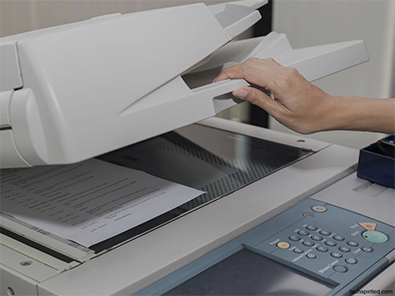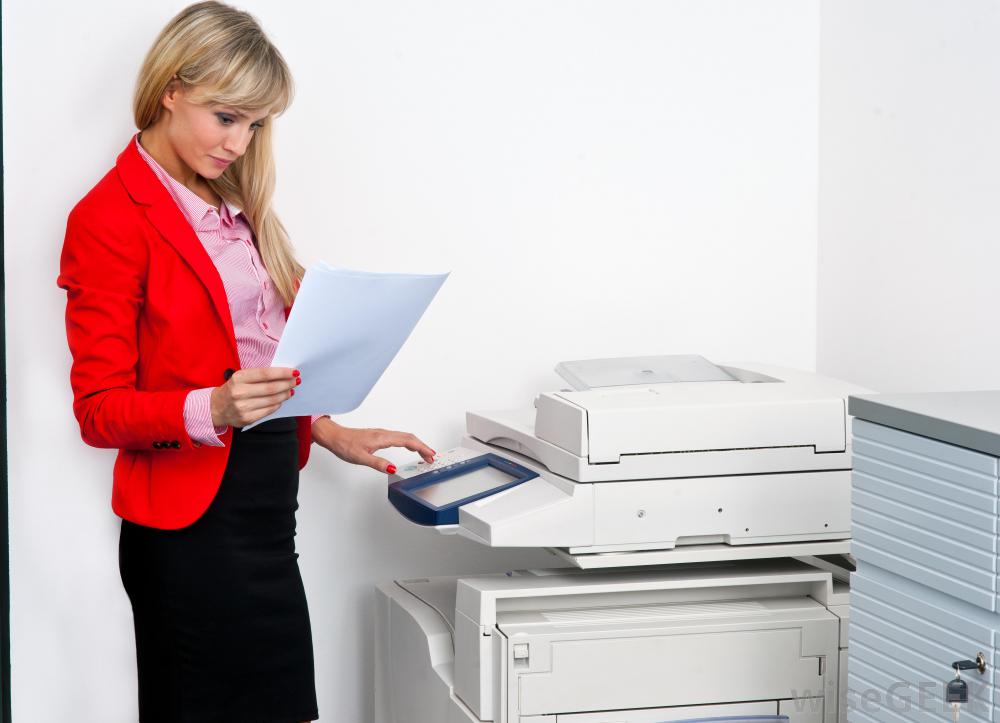One of the most promising aspects that digital disruption brings to the modern workplace is the possibility of a truly paperless office. Paper costs money, time and resources, to produce and paper waste is a serious concern around the world. Trading old-school pen and paper for digital document management holds the potential to reduce not just expenses, but the corporate carbon footprint.
The process to reduce paper waste begins at the micro-level. With updated practices and new technology, each person has it within their power to contribute to environmentally friendly positive changes that can reduce paper consumption while boosting profits and productivity.
The widespread embrace of the internet and email for communication, entertainment, and research has helped, but it has become increasingly clear that reducing and eliminating paper use can still generate radical increases in cost savings and even more significant reductions in environmental impact.
If you plan to get copiers for your office in Bakersfield, you can opt to buy copiers or lease copiers in Bakersfield. We can give you the option to get the copier that you want. You can contact our local copier leasing services department in your location.
If your Location is around Bakersfield, you may call us at (661) 228-6038, our personnel for copier leasing in Bakersfield will assist you. If you are also looking for copier repair services in Bakersfield, you may contact our copier repair personnel at the same number.
Public education initiatives urging the public to reduce, reuse and recycle resonate especially loudly in the modern workplace, where almost half of the paper used still ends up in the trash can instead of the recycling bins.
Here are tips on how you can reduce your paper waste printing cost:
Build a paper-slashing budget
Stepping down from your current levels of paper use to a fully paperless environment will take time, money and care. Set your sights on the areas most in need of improvement and establish the cost reductions that you would like to achieve through transitioning those areas to paperless processes. Incremental changes as part of process improvement can create the desired impact in stages, allowing you to set and achieve targets to save money without impacting productivity.
Use both sides of each paper
By using both sides of each sheet of paper, you can reduce your paper usage by 50%. A lot of modern printers and multifunction devices have double-sided printing, so it is best that you take advantage of it. For unofficial material and drafts, discarded single-sheets can be reloaded and printed on their empty side for even more savings.
Plan before you print
Take a moment to ask yourself whether you can accomplish your goals digitally. Do you need to print that office poll, email or 30-page presentation? By thinking about the importance of printing, you will cut your paper consumption significantly.
Manage your printers efficiently
Manage your printers efficiently. You need to move away from the printer on every desk model and toward a centralised, passcode-protected printer for each department in your office. Route printers use data to your centralised document management suite to give insight on where paper is being used, how much paper is being wasted and how it can be eliminated or reduced.
Do not use paper, reuse it
Collect and recycle all waste paper, including the overlooked sources like junk mail. It is best that you throw out the paper towels and switch it to cloth napkins in the break room. When you need to buy new paper products, buy recycled paper that has been processed in an eco-friendly way. You can save coated or heavy office papers for special documents, and get the recycled versions whenever possible.
Get your whole team on board
It is best to get your whole team on board with the change. Like any other change, the move to the paperless environment requires an adjustment and new training for staff, management and suppliers. Consider creating incentives to encourage everyone to save paper. Create online versions of the commonly accessed employee resources like memos, handbooks, and policies to replace paper documents.






